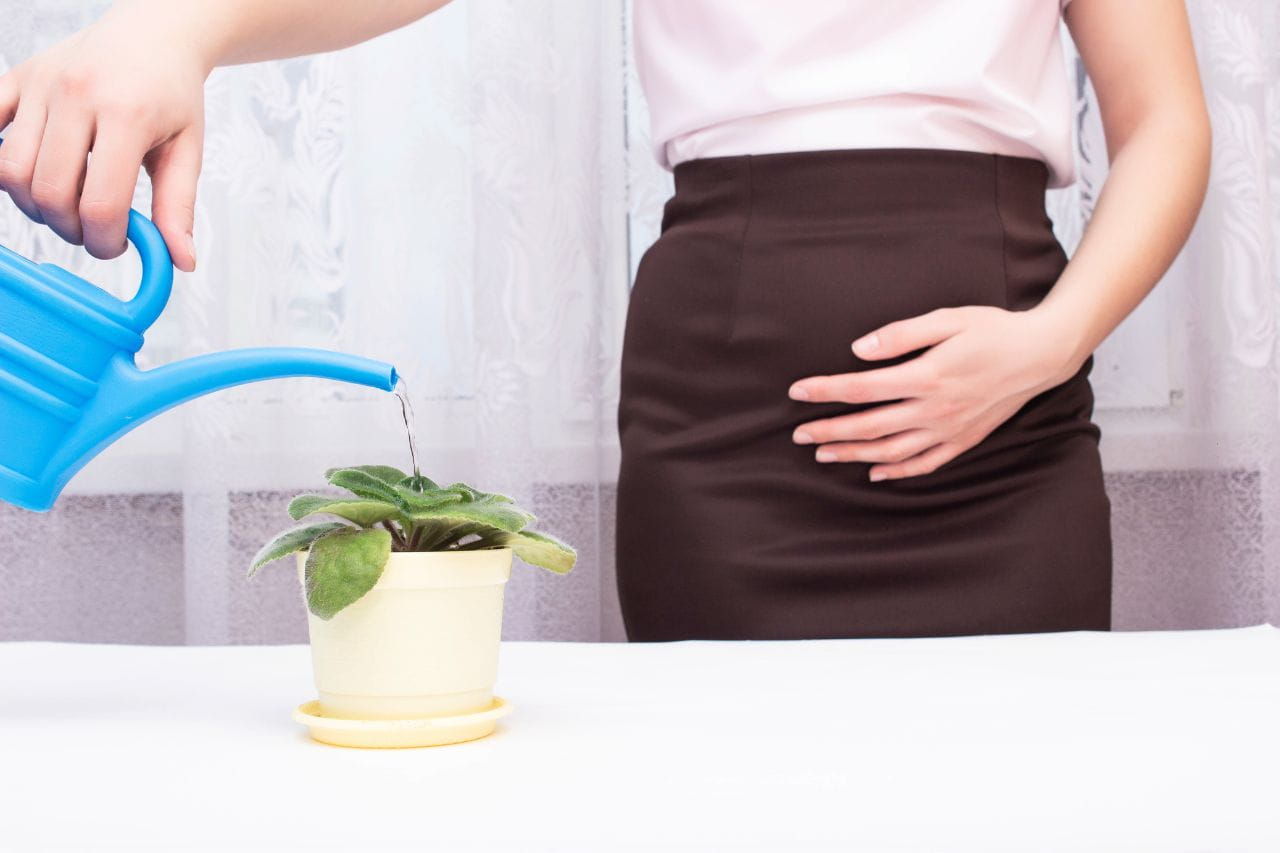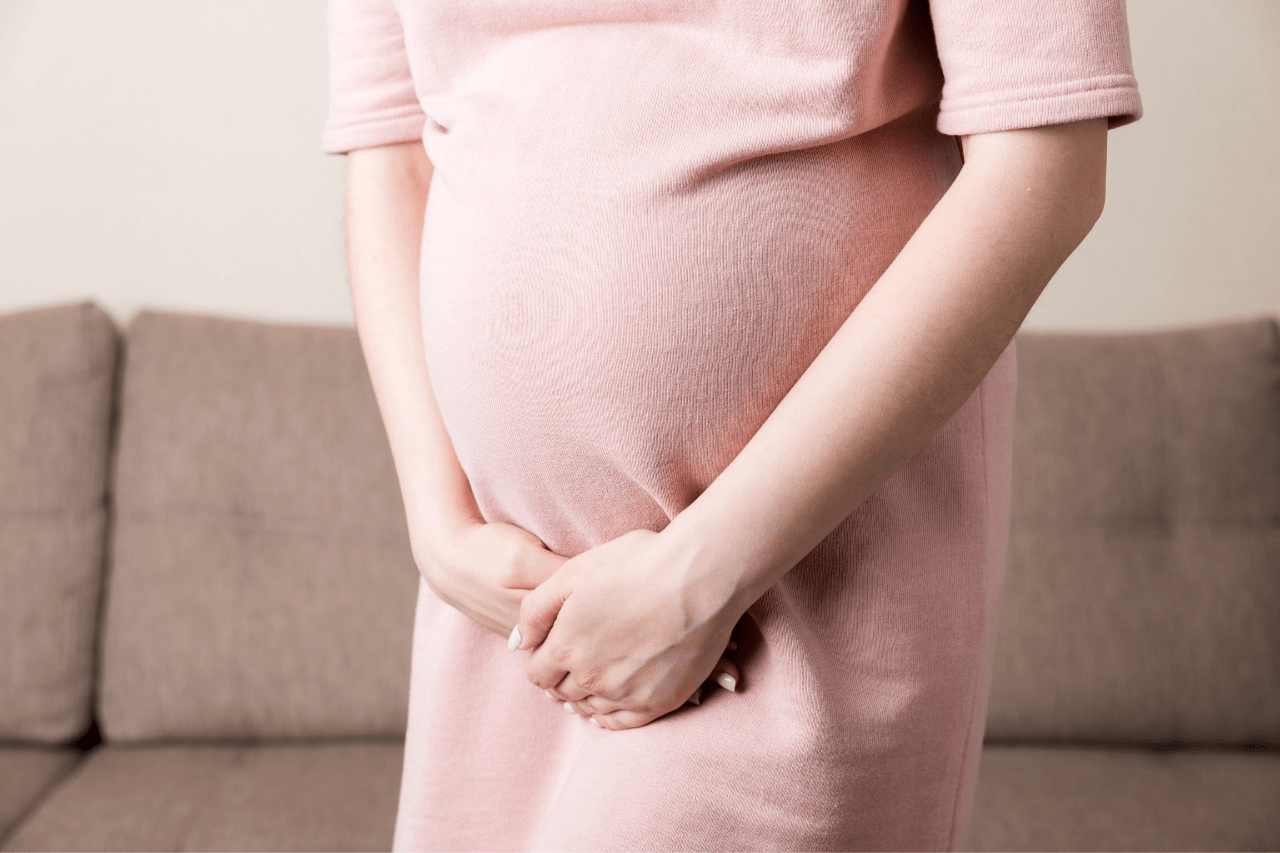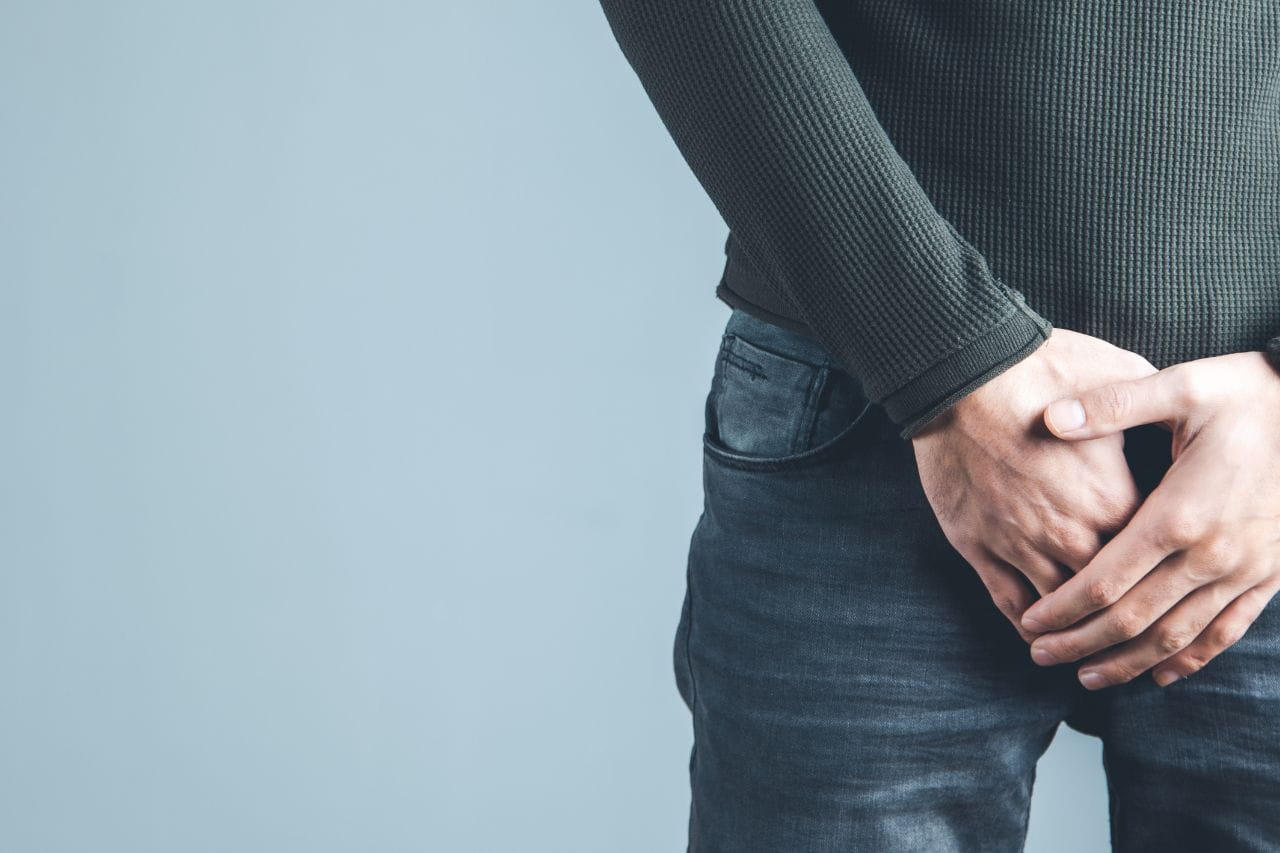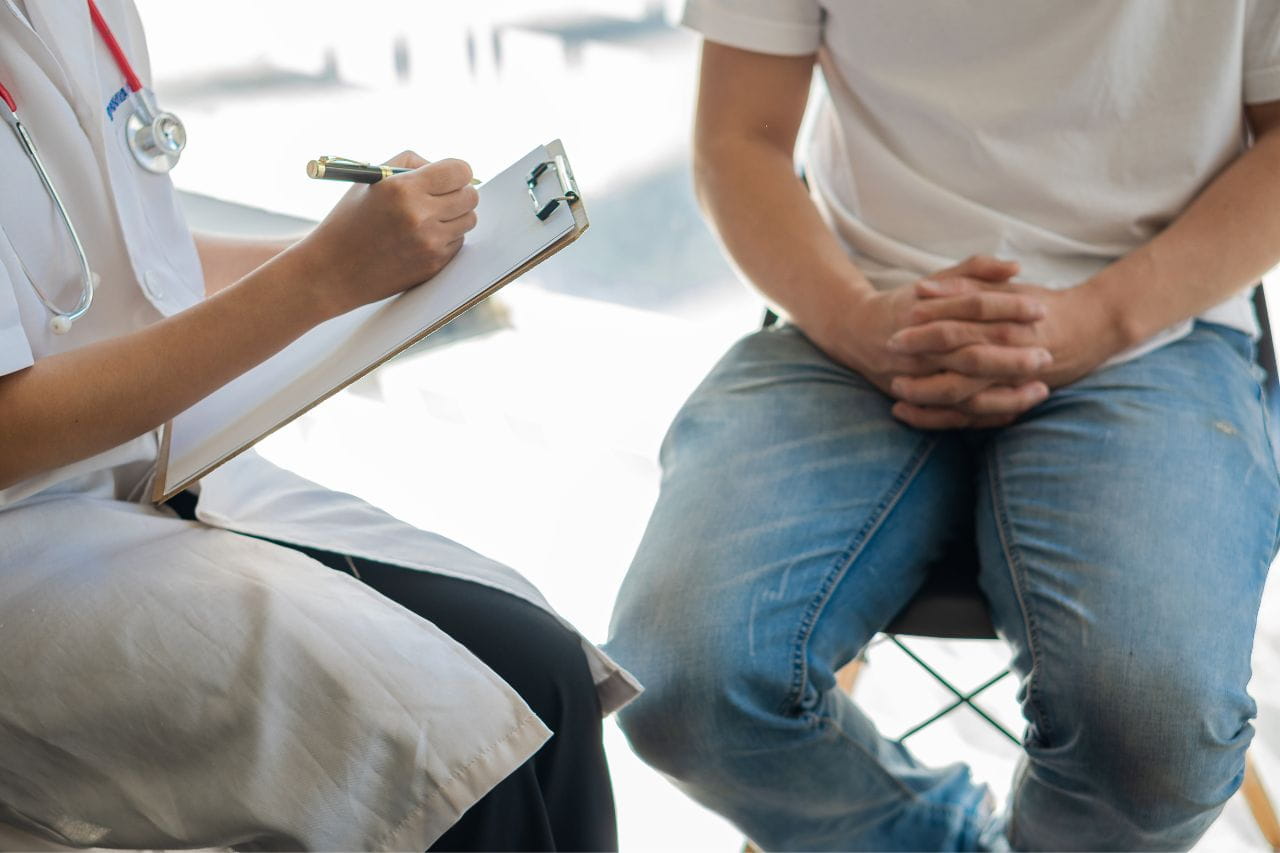What Is Urge Incontinence?

Urinary incontinence (leaking urine) is a common condition that can be inconvenient and embarrassing. Urge incontinence produces an urgent need to urinate, followed by bladder spasming or squeezing that causes leakage if you haven’t reached the bathroom. This can occur at any time, including at night, when it’s referred to as enuresis (bedwetting).
Fortunately, there are ways to treat urge incontinence, so you shouldn’t assume it’s just a natural consequence of pregnancy, childbirth, aging, or other causes.
This article covers what causes urge incontinence in men and women and provides an overview of available urge incontinence treatments.
Urge Incontinence Causes
There are several types of urinary incontinence, including:
- Stress incontinence (leakage due to pressure on the bladder from lifting heavy objects, sneezing, etc.)
- Overflow incontinence (frequent small leaks because you can’t empty your bladder fully)
- Functional incontinence (physical or mental impairment prevents you from getting to the bathroom in time)
- Mixed incontinence (experiencing more than one type of incontinence, most often stress and urge incontinence)
Each has its causes, but all result in the involuntary release of urine.
Urge incontinence is caused by problems with the nerves and muscles that must work together to coordinate the holding and elimination of urine. If your bladder muscles contract at the wrong time, you leak urine. Improper functioning of the bladder can have many causes, including:
- Injury to the spinal cord or other nerves
- Conditions affecting the brain or nerves like a stroke or multiple sclerosis
- Bladder inflammation
- A blockage affecting the bladder
- Bladder cancer
- Bladder stones
- Benign prostatic hyperplasia (BPH) or prostate cancer in men
However, most often, the cause of urge incontinence in women and men is unknown.
Risk factors for the condition include:
- Urinary tract infections (UTIs)
- Diabetes
- Pelvic surgery such as a hysterectomy
- Certain medications, including blood pressure medicine, antidepressants, and diuretics
- Pregnancy and childbirth (especially vaginal delivery)
- Obesity
- Smoking
- Menopause
- Previous radiation therapy to the pelvis
Overactive Bladder vs. Urge Incontinence
While many think of overactive bladder and urge incontinence as the same condition, there’s a difference. Overactive bladder (OAB) causes an urgent need to urinate, but that need doesn’t necessarily occur frequently or cause incontinence.
Diagnosing and Treating Urge Incontinence
Doctors diagnose urge incontinence based on a person’s reporting of their symptoms. Sometimes that reporting includes keeping a journal about bathroom trips and leakage incidents.
They also perform physical exams (often including a pelvic exam or rectal prostate exam) and may order tests designed to:
- Rule out infections and check for blood in the urine
- Provide images of the bladder, kidneys, and other organs
- View the urinary tract
- Test the functioning of the bladder and related organs
If your doctor diagnoses urge incontinence, they may advise you to do Kegel exercises to help address the problem. You imagine yourself starting to urinate, and then you contract the muscles you would use to stop the stream. In doing sets of Kegels, you strengthen your pelvic muscles and improve their ability to support your bladder.
Other actions you can take to minimize urge incontinence include:
- Reduce the amount of carbonated, caffeinated, and alcoholic beverages you consume, as they can irritate your bladder.
- Quit smoking.
- Get to and maintain a healthy weight.
- Manage any chronic conditions you have, like diabetes.
- Use the bathroom at set intervals (timed voiding) to keep your bladder from filling up.
- Eat a high-fiber diet and stay hydrated to prevent constipation, which can worsen urinary incontinence.
If these actions aren’t effective in curbing your urge incontinence, your doctor can prescribe treatments, including:
- Medications that relax your bladder
- Nerve stimulation to regulate how your bladder functions
- Surgery to enlarge your bladder
- Surgery to reroute your ureters so urine collects in a bag outside your body
Talk with Your Baptist Health Doctor About Urge Incontinence
The first step in addressing urge incontinence is talking with your doctor. In collaboration with a urologist, they can determine the best way to manage your condition. Urge incontinence can worsen without treatment, so you should contact your physician when you first notice leakage.
The good news is that there are many ways to treat urge incontinence to reduce or eliminate your discomfort, inconvenience, and stress.



